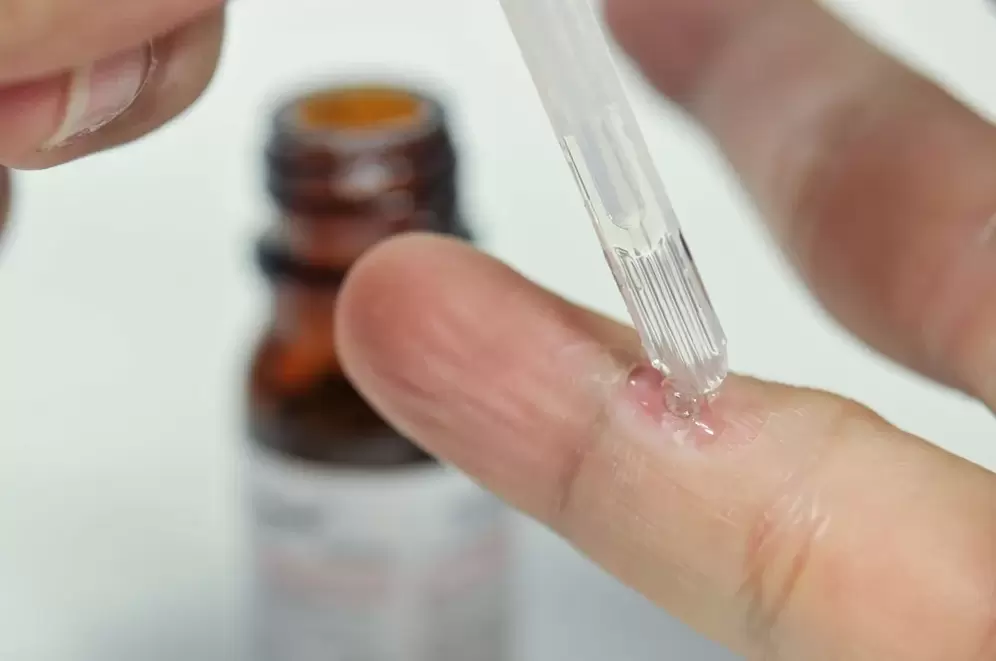
Causes of warts in children
- independent infection. If a child has warts, he or she can scratch them and transfer the virus to healthy areas, including the mucous membranes of the mouth and nose;
- From mother. If a mother's reproductive organs are affected by papillomas, she may infect her baby during delivery;
- through everyday objects. This could be other people's toys, clothes, shoes, contact between an infected baby and a healthy child, hugs.
- Hormone imbalance (typical symptom in teenagers);
- has become a chronic disease;
- Frequent colds, such as influenza, ARVI, acute respiratory infections;
- Stress, fatigue (typical symptoms in school children);
- Vitamin deficiency (in this context, vitamin deficiency occurs);
- Injury, diaper rash, resulting in disruption of skin integrity;
- communication with people with the virus;
- Wear smaller clothing (including shoes).
Types of Warts in Children
- Simple. They are also called common or vulgar. This is the most common type. If there are multiple, they can be merged into one root; if there are multiple, they can be merged into one root;
- Ping (another name for youth). They often coalesce to form a root, often of small size, that can be arranged in a single line;
- prick. They appear in the sole area of the foot and grow very deep, which can negatively affect the nerve endings;
- Filamentous order. Large, saggy, finger-shaped, natural skin tone.
When to see a doctor
Remove children's warts
- Operation;
- electrocoagulation;
- use of laser;
- Cryotherapy.
Operation
electrocoagulation
Laser application
Cryotherapy
treat
folk remedies
- Potato. Use it as a compress at night;
- Celandine. Apply the juice to the wart, 3 times a day;
- Celandine grass. Mix with medical grade Vaseline and apply to the affected area;
- garlic. Wrap in a sterile napkin and apply to papilloma for 20 minutes;
- Apple cider vinegar. Mix with water 2: 1 and apply to the affected area with a cotton swab;
- aloe vera. Place the sheet over the wart, cover it with a bandage, and change the sheet when it is completely dry;
- Honey and onions, mix honey with onion juice. This method is not recommended for those who are allergic to honey;
- tomato. Apply tomato pulp to the wart once a day.























